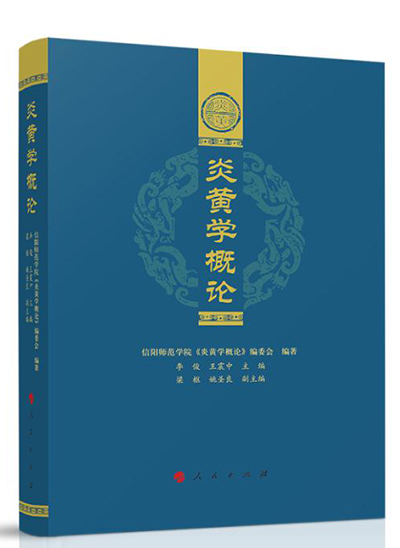A study of Yanhuang culture

An Introduction to Yanhuang Studies
An Introduction to Yanhuang Studies integrates archaeology, historiography, and anthropology to examine the origins of Chinese civilization and reconstruct early ancient Chinese history.
The top priority of Yanhuang studies is to uncover whether the “Three Sovereigns and Five Emperors” and other prehistoric figures “are myths or real people” through archaeological work. Archaeological efforts not only represent an academic subject, but also directly concern the scientific nature of uninterrupted Chinese civilizational history of more than 5,000 years. It thus can be viewed as the “scientific cornerstone” of the discipline. Whether the “Three Sovereigns and Five Emperors” is a legend or authentic history is still a mystery.
The book proceeds from a new, persuasive explanation of “the structural relationships of Three Sovereigns and Five Emperors in Yanhuang studies,” “the dating issue of the Yanhuang era,” and “whether ancient legendary figures are human or God and the origin of the name Yanhuang,” which are three fundamental topics of high academic and social concern.
The first part “The Ontology of Yanhuang Studies” combined historical documents and archaeological findings. For instance, when talking about Fuxi, Suiren, and Shennong, known as the “Three Sovereigns” by later generations, a large batch of archaeological discoveries are listed to match their historical development stage with the archaeological Stone Age and the specific age of China’s prehistoric archaeological culture.
The period of Shennong (Yan Emperor) was in the early and middle Neolithic Age (12,000–7,000 years ago). Archaeologists have witnessed the discoveries of the Yuchanyan site in Dao County, Hunan Province, as well as the Xianren Cave and the Diaotonghuan site in Wannian County, Jiangxi Province, dating back to over 10,000 years ago; the Shangshan site in Pujiang County, Zhejiang Province from 10,000 to 9,000 years ago; the Mt. Pengtou site in Li County, Hunan Province from 9,000 to 8,000 years ago; and the Hemudu site in Yuyao City, Zhejiang Province from 7,000 years ago.
The thriving Yanhuang era is suspected to date back to the late Neolithic Age, roughly 7,000–5,000 years ago. If using the archaeological culture of the Yellow River Basin as coordinates, it would belong to the Yangshao culture period, which can be called the “Yangshao era.” The Yellow Emperor period prospered around 5,000 years ago; the later Zhuanxu, Emperor Ku, Yao, and Shun periods ought to fall into the archaeological late Longshan era of 4,500–4,000 years ago. These demonstrate its “scientific nature” which is different from “traditional historical narrative systems.”
Liu Qingzhu is a Member of the Chinese Academy of Social Sciences.
Edited by YANG LANLAN
